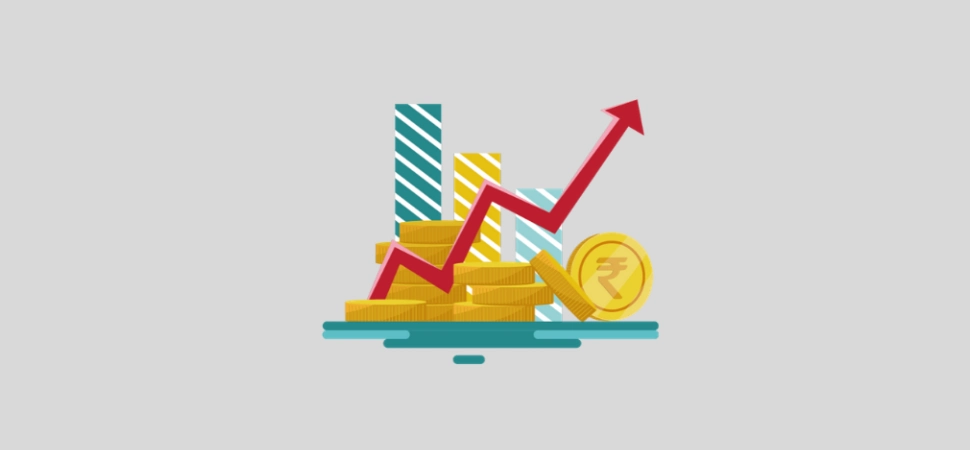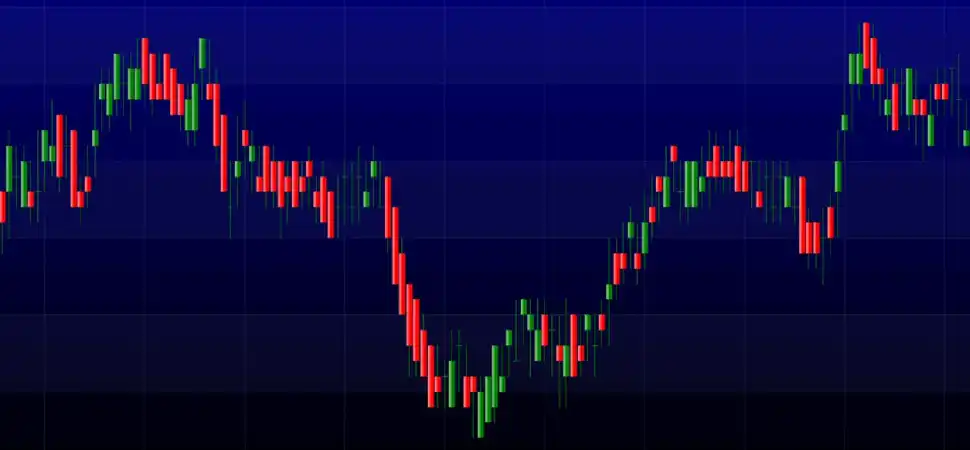06.09
Share ArticleCircular Economy in the Europrom: From Waste to Resources
.webp)
The transition to a circular economy aims to replace the linear consumption model based on unlimited use of resources and their subsequent discarding. This model, inspired by natural ecosystems, calls for responsible consumption and reuse of resources to prevent waste. The Energy Transition for Green Growth Act of 2015 emphasises the importance of recycling and waste recovery as priority treatments.
Origins
The ideas of the loop economy, which gave rise to the concept of the circular economy, date back to the Club of Rome's 1972 Limits to Growth report. In 1976, the Swiss Walter Stachel and Genevieve Redey presented the concept to the European Commission with the aim of creating jobs and reducing energy consumption. In 1990, the term ‘circular economy’ first appeared in the book The Economics of Natural Resources and the Environment by David Pearce and Kerry Turner. Later, the concept of Cradle to Cradle, developed by William McDonough and Michael Braungart, also contributed to the shift from a linear to a circular model of the economy.
The concept and the main thrusts
Resource scarcity, exacerbated by economic and demographic growth, has become a key global challenge, along with climate change and species extinction. The annual extraction of materials has increased significantly, making the availability of raw materials increasingly problematic. In the face of increasing demand for resources, the circular economy proposes optimising the management of materials and energy to reduce their consumption and use renewable sources.
The circular economy focuses on reducing the environmental impact of production by using resources efficiently and reducing waste. It is based on seven key areas of focus covering all stages of the life cycle of goods and services. These areas include sustainable production, responsible consumption, extending the life cycle of products, recycling and reusing materials, minimising waste, resource recovery and implementing innovative business models.
The seven main focus areas of the circular economy are:
- Sustainable production;
- Responsible consumption;
- Extending the life cycle of products;
- Recycling and reuse of materials;
- Waste minimization;
- Resource recovery;
- Implementation of innovative business models.

Policy framework at European level
In 2015, Europe presented its first action plan for a circular economy. Three years later, it includes the revision of four directives:
- Waste (2008/98/EC);
- Packaging waste (94/62/EC);
- Landfill (1999/31/EC);
- End-of-life vehicles (2000/53/EC), Used batteries and accumulators (2006/66/EC), Waste electrical and electronic equipment (2012/19/EU).
At European level, the first Circular Economy Action Plan was presented in 2015, which three years later led to the revision of four key directives. These directives relate to waste management, including packaging, landfill and recycling of vehicles, batteries and electronic equipment. The innovations include mandatory separate collection of textile and hazardous waste, as well as organic waste from households, which must be collected separately or recycled at source by 2023. Clear targets have been set for packaging recycling, with overall levels to reach 65 per cent by 2025 and 70 per cent by 2030, broken down by materials such as plastics, wood, metals, glass and paper.
In 2020, as part of the Green Pact for Europe, the European Commission proposed a new circular economy action plan aimed at making green products the standard for the EU. This plan emphasises the sectors that consume the most resources and can significantly contribute to the circular economy, such as electronics, batteries, packaging, textiles and construction. In 2022, a legislative package was published that promotes circular business models and expands consumers' rights to go green. An important part of this package is the Ecodesign Regulation, which provides for the introduction of a digital product passport that will include information on chemicals and assessing the repairability of products.
In addition, a sustainable and circular textiles strategy has been developed to reduce the fast fashion culture, including the introduction of a minimum recycled fibre content in textile products. The revision of the Construction Products Regulation introduces sustainability requirements, harmonising regulations across the European market and favouring recycled materials. Consumer protection legislation is also revised to prevent misleading environmental claims and the extension of product life cycles. These measures provide the EU with the tools to create a truly circular economy focused on sustainability and environmental protection.
In 2024, the European Commission further strengthened the circular economy by proposing new measures to increase recycling and reduce waste in the industrial sector. In particular, emphasis was placed on the development of recycling technologies for plastics and metals, which will reduce Europe's dependence on imported resources. These initiatives also include encouraging innovation in sustainable packaging solutions and supporting research into replacing traditional materials with more environmentally friendly counterparts.
Conclusion
The circular economy in Europe continues to evolve, offering effective solutions to optimise resource use and reduce environmental impact. The introduction of new regulations and policies aims at sustainable production, recycling and innovation, facilitating the transition from a linear to a circular model. These measures provide the basis for long-term economic growth, technological independence and environmental sustainability. The circular economy as an important element of European economic policy is expected to be further strengthened in the coming years.


Reviews